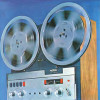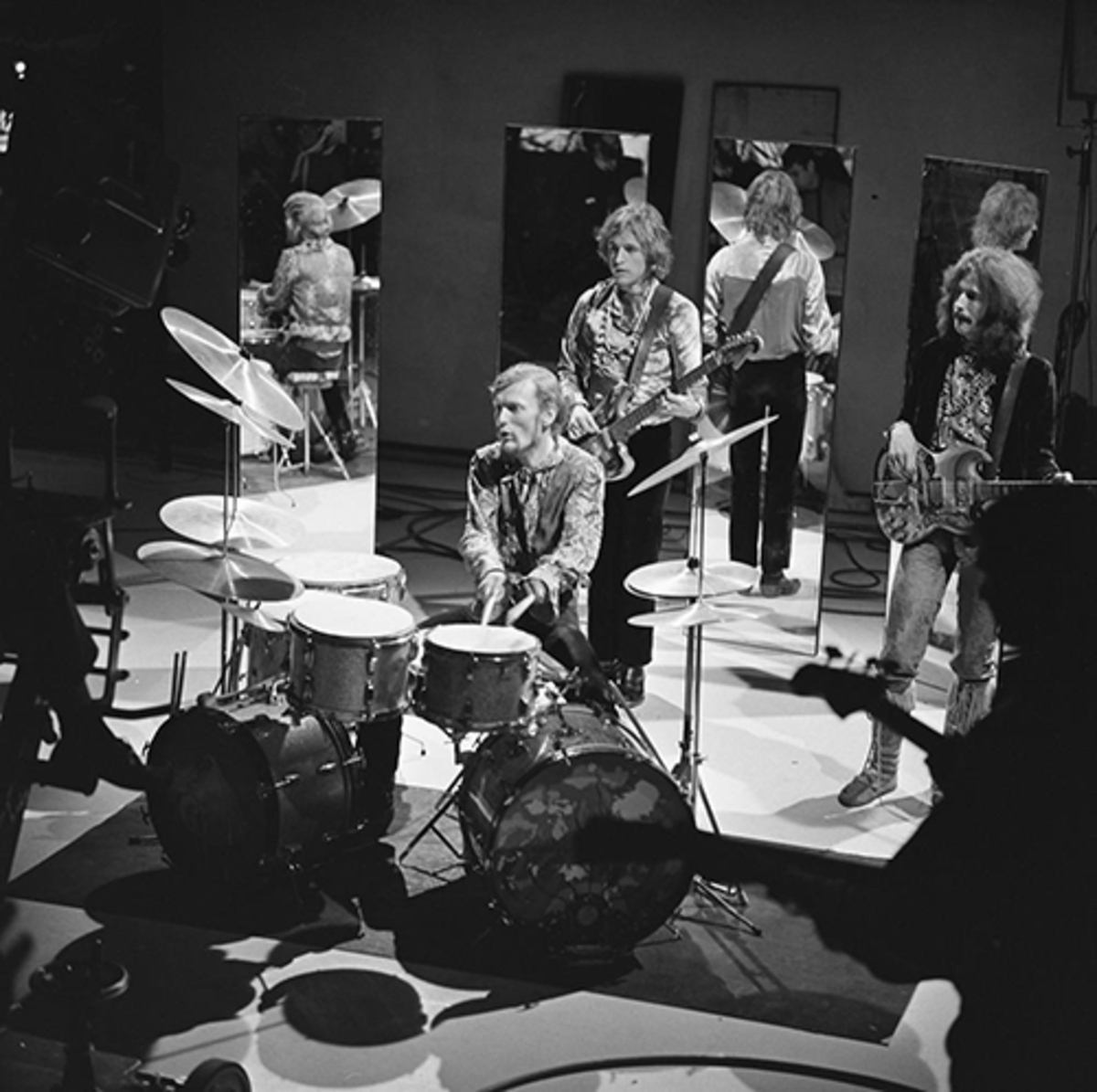Top Twenty Greatest New Wave Albums
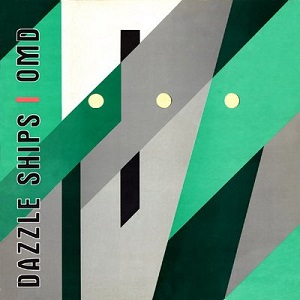
New wave is one of the most bizarre, eclectic, unexpected, and misunderstood musical genres. All of this means that there were some fantastic albums produced by the new wavers. Having heard many of these albums, I've decided to undertake the task of compiling a list of the top twenty best new wave albums. It should be noted that this is simply my opinion, as to the quality of the albums and whether or not they are new wave (there is some debate about what is and isn't new wave, if you didn't already know). It should also be noted that I've limited this to one album per artist, and compolition albums don't count. Also, I thought I should mention upfront some bands that I don't consider to be new wave: the Clash, the Buzzcocks, the Ramones, Patti Smith (punk), Joy Division (post punk), Kraftwerk (krautrock), the Smiths (they considered their music to be sort of a reaction against new wave), and 70s David Bowie.
So here are my top 20 new wave records, presented in no particular order:
Ultravox – Systems of Romance
The last Ultravox album featuring original front man John Foxx, it is also the pinnacle of Ultravox's musical achievement, and of and Foxx's song writing. Produced by Conny Plank, Systems of Romance was more electronic than Ultravox's previous work, but not as electronic as Foxx's debut solo album, Metamatic. This, plus the replacement of punk guitarist Steve Shears by Robin Simon, characterized the new direction in which the band was heading. Unfortunately, the band would not continue in this direction, as they combusted soon after the album's release. What is perhaps most impressive is how the band could be aloof and detached, yet emotive at the same time; this is perhaps most evident on the closer, “Just For a Moment.”
Talking Heads – Fear of Music
Brian Eno has an uncanny ability for finding great bands and helping them realize their full potential, and he did this very successfully with Talking Heads. Every track on this album is utterly fantastic, from the African-inspired music and Dadaist lyrics (lifted from a poem by Hugo Ball) of the opener, “I Zimbra,” to the closer “Drugs,” colored by recordings of birdsong.
Devo – Q: Are We Not Men? A: We Are Devo!
The title of this album, and the track “Jocko Homo,” were inspired by The Island of Dr. Moreau. This is illustrative of Devo's ability to incorporate classic science fiction into their act, one of the key characteristics of the band. Needless to say, this is a very strange album, full of nervous energy and angular riffs. Plus, Devo's re imagining of the Rolling Stones classic “Satisfaction” is the perfect example of how to cover a song.
Orchestral Manoeuvres in the Dark – Dazzle Ships
The most obvious OMD record to include on this list would be Architecture and Morality, but I always preferred Dazzle Ships. Andy McCluskey and Paul Humphreys pulled off something nearly impossible, successfully combining strange sound collages, catchy pop tunes, and beautiful ballads to reflect the zeitgeist of their time. I attest that no other recording so perfectly captures the atmosphere and tension of the Cold War. Its something that shouldn't work, but it does – exceptionally well. Also, the sleeve is brilliant.
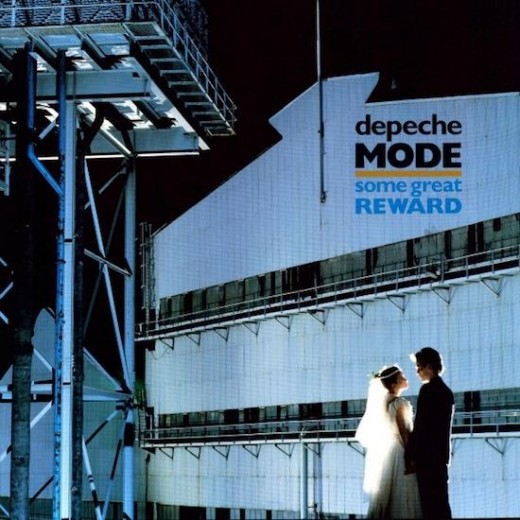
Depeche Mode – Some Great Reward
I really like the album cover for some reason, and the songs don't disappoint. This is the first Depeche album to fully explore the sample-filled industrial sound for which they would become so renowned. Furthermore, Dave Gahan hit a milestone with his vocals on this album, as did Martin Gore with his songwriting. “Blasphemous Rumours” is one of Depeche Mode's best songs, and the piano ballad “Somebody” resonates with a sincerity that saves it from being sappy. “Master and Servant” is a rare showcase of Depeche Mode's lighter side, and “It Doesn't Matter” is one of the more underrated songs in the their illustrious repertoire
Gary Numan – The Pleasure Principle
Gary Numan crafts a dystopian sci-fi world of automatons, paranoia, and road rage. Numan's unconventional textures, arrangements, song structures, voice, and unexpected key changes only add to the “alien” feel of this record.
The Buggles – The Age of Plastic
The Buggle's vision of the future may not be as overtly dark as Gary Numan's, but their world of robotics and plastic surgery is a world of decay, loneliness, and (as the album's title suggest) artificiality. What really sets this album apart from Replicas is that the Age of Plastic is tinged with a sense of nostalgia, including the Buggles' best known song, “Video Killed the Radio Star,” which laments the end of an era.
The B-52's – The B-52s
One of the most idiosyncratic bands to emerge from the new wave movement, or any movement, the B-52's pastiche of the popular music and culture of the sixties, combined with new wave sensibilities, resulted in tracks such as “Rock Lobster,” “Planet Claire,” and an almost unrecognizable cover of Petula Clark's “Downtown.” It is sort of an homage to, and affectionate parody of, the 1950s and early 60s. As such, it references surf movies, science fiction, space travel, and dance crazes.
The Specials – The Specials
Punk and ska mix surprisingly well. The Specials combine the angst of punk with reggae rhythms, resulting in something more energetic than ska, and more danceable than punk. Although most of the tracks are covers or reworkings of older ska songs, there are a number of originals showcasing keyboardist and songwriter Jerry Dammers' socially conscious lyrics. The band had a great chemistry, and an energy that is infectious in a rare and unique way. All tracks, original or not, are thoroughly enjoyable.
Which is the greatest new wave album?
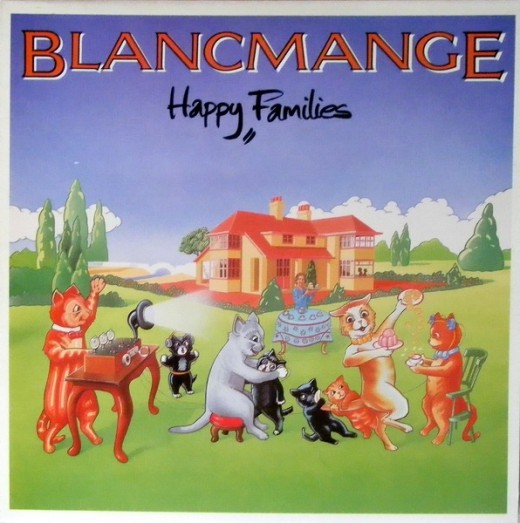
Blancmange – Happy Families
It could be considered a masterpiece just for the Louis Wain inspired album cover. Fortunately, the songs are on the same level of brilliance. While they are known for more their sense of humor and captivating rhythms, evident on the album's most famous single, “Living on the Ceiling,” Neil Arthur and Stephen Luscombe are just as capable of producing emotive numbers such as “Waves” and “I've Seen the Word.” However, it is the humor that most sets this apart from other new wave records, many of which tend towards melancholia.
Suicide – Suicide
Although they were the first group to call themselves “punk,” Suicide would not qualify as punk by most definition. Consisting only of Alan Vega's rockabilly style vocals, Martin Rev's Farfisa organ distorted through guitar pedals, and an equally distorted drum machine, Suicide was likely the first band to adopt “synthesizer duo” format, which would later be copied by Yazoo, Erasure, Pet Shop Boys, Eurythmics, Soft Cell, Blancmange, and OMD. Markedly different from their synthpop successors, Suicide's sound was uniquely unsettling (as you would probably expect, based on the name).
The Cure – Disintegration
The Cure reached their apex with Disintegration, reinventing their signature “goth” sound after years of writing more “poppy” songs. It is a gloomy album full of melodic bass, atmospheric synthesizers, dirges, and effects-laden guitars.
Echo and the Bunnymen – Ocean Rain
A far cry from the sparse sounds of their earlier output, the fuller arrangements of Ocean Rain really suits the Bunnymen's music. The Eastern flavor of “Thorn of Crowns,” the lush orchestration and emotionality of the title track, the overall gloomy atmosphere, and Ian McCulloch's impressionistic lyrics make this one of the finest neo-psychedlic albums.
Tears for Fears – The Hurting
Roland Orzabal and Curt Smith of Tears for Fears crafted moody music to reflect their psychological lyrics. Their songs have an intensely personal quality, even by the standards of a genre known for introspective songs. This album is best known for the track “Mad World,” but the rest of the album is no less impressive.
Human League – Reproduction
While Dare is their most famous album, I prefer the darker, more austere sound of their earlier work. Human League founders Martyn Ware and Ian Craig Marsh had mastered their cheap synthesizers after several years of dabbling in various musical projects, resulting in one of the few albums in which every sound is synthesized, including the percussion. Their mastery of their instruments really shows in the variety of fascinating textures on this album.
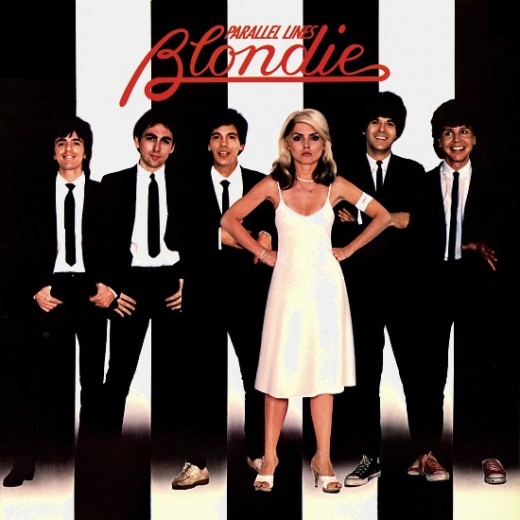
Blondie – Parallel Lines
Blondie perfected their sound by their third album, which included the legendary single “Heart of Glass,” which demonstrates their versatility by combining elements of rock, disco, and krautrock. Every track is memorable, with catchy hooks and dance beats, and the vocal performances on this album, as well as its cover, show why Debbie Harry is one of the leading figures of the new wave movement.
The Church – Of Skins and Heart
Armed with a 12-string Rickenbacker guitar and a tape echo, the Church created a psychedelic jangle sound to accompany their strangely poetic songs. A perfect example of their lyrical prowess can be found in the track “Chrome Injury,” which features the lines “Poor tormented auto man/Giant pincers for a hand.” That should be reason enough to buy the album.
The Jam – In the City
The Jam spearheaded the Mod revival with their cool retro look, and their masterful blending of sixties rock with punk energy. The album is filled with jangly Rickenbacker guitar tones, sped up Mod rhythms, and disaffected lyrics. Plus, it features a fantastic rendition of the original Batman theme.
The Cars – The Cars
The Cars had an ability to merge the past with (what was then) the present and the future that is rivaled only by Roxy Music. The Boston-based new wave group effortlessly combined retro song styles and imagery with the sonic textures and detached irony of new wave. The result is a sound that is arty with being pretentious, and unique without being unappealing to a mainstream audience; every single from this album was a hit, and the song “Moving in Stereo” has become famous for its appearance in the Fast Times at Ridgemont High soundtrack.
Yazoo – Upstairs at Eric's
Yazoo was made up of Depeche Mode founder Vince Clarke and blue-eyed soul singer Alison Moyet. Yazoo retains what was best about the first Depeche Mode album – Clarke's synthetic textures, memorable melodies, and solid beats – while Moyet's voice and writing contributions add depth, emotion, and maturity, canceling out what was weakest about the first Depeche record, that it sounded rather trivial and adolescent.
